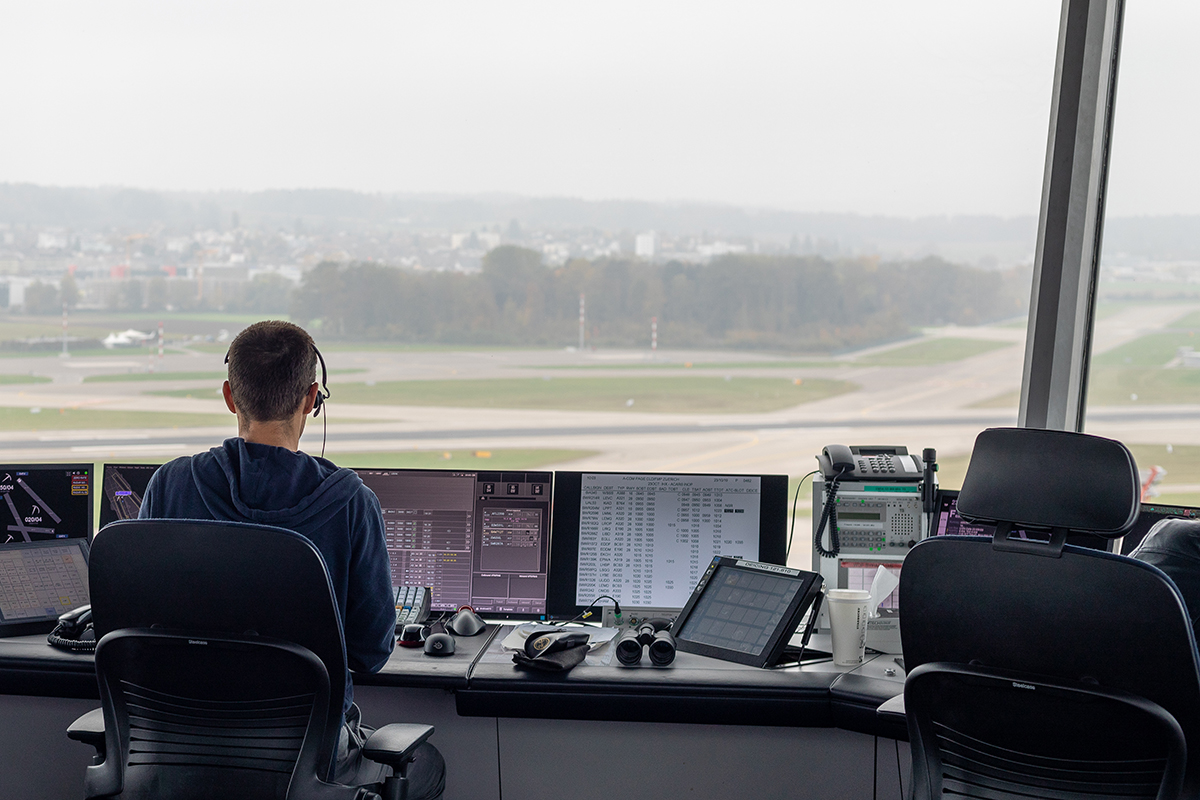(UNITED STATES) Air travel across the country came under fresh strain this week as air traffic controllers began leaving their posts in growing numbers during the long federal standoff, now in its 37th day as of early November 2025. Transportation Secretary Sean Duffy said between 15 and 20 controllers are retiring each day, a pace he linked to stress and mounting operational pressure tied to the government shutdown. The Federal Aviation Administration responded by directing airlines to trim daily schedules, ordering a 4% cut at 40 major airports to protect safety amid thinning ranks and higher absences. Union leaders said the resignations and early retirements are climbing beyond levels seen during previous stoppages, warning that shortages are already deeper than in 2019 and getting worse.
Staffing decline and union concerns

Nicholas Daniels, president of the National Air Traffic Controllers Association (NATCA), said there are roughly 400 fewer certified controllers on the job today than during the 2019 shutdown. He described a workplace pushed to the edge by prolonged uncertainty, with many professionals deciding to step away from the career entirely rather than wait for Washington to resolve its budget fight.
The union reports daily calls from members weighing options such as:
- Retiring early
- Seeking medical leave
- Accepting private‑sector positions with steadier pay and predictable schedules
Daniels warned the departures are producing a deeper and more persistent shortage than previous disruptions.
FAA response: schedule cuts and operational breathing room
Faced with thinning crews and more sick calls, the FAA’s order to cut schedules is meant to give remaining teams more breathing room in critical sectors such as approach control and en‑route centers.
Key points about the FAA action:
- 4% daily flight cut ordered at 40 major airports (agency has not released the list)
- Goal: preserve safety buffers and reduce workload on remaining controllers
- Airlines and airports are adjusting flight banks and reassigning gates to manage flow
- Coordination focused on avoiding morning‑rush gridlock, when delays can ripple across the system
Airlines say they are coordinating closely with local facilities to keep the system moving despite reduced capacity.
Conditions inside towers and training impact
Controllers report real pressure in towers and radar rooms:
- Veteran teams that once paired new hires with seasoned mentors are now short on both.
- Training is constrained: a growing backlog of trainees cannot receive on‑the‑job certification without adequate staffing.
- Remaining staff face longer headset stretches, fewer breaks, and more overtime when colleagues are out sick or leave unexpectedly.
These stresses increase the likelihood of more resignations, creating a feedback loop that further strains operations.
“Even minor illnesses or family emergencies can force overtime and last‑minute schedule changes on colleagues, feeding a cycle that fuels more resignations.”
Political impasse and broader effects
The political standoff over federal spending and health care subsidies shows no sign of ending, leaving critical aviation services caught in a broader budget fight. Lawmakers traded statements through the weekend but did not announce progress toward a deal to reopen agencies.
Consequences for passengers and the system:
- Visible effects so far: trimmed schedules and longer wait times during peak periods
- Industry groups warn longer shortages raise the risk of widespread delays if weather or equipment issues occur
- Regional communities may face reduced frequencies, missed connections, and later arrivals
Safety focus and operational adjustments
Secretary Duffy emphasized the speed of departures as an alarming trend that erodes a workforce that takes years to train and certify. He cited internal data showing 15 to 20 retirements per day, noting that the FAA’s 4% daily flight cut at 40 airports is designed to maintain safe separation buffers.
FAA actions and guidance:
- Continue to monitor staffing and traffic levels and adjust operations as needed
- Urge travelers and crews to check schedules before heading to the airport
- Operational updates available through the Federal Aviation Administration: https://www.faa.gov
Airline reactions and ripple effects
Airlines have been cautious publicly, expressing support for measures that keep crews and passengers safe. They note that even a small percentage cut can trigger difficult operational choices at major hubs.
Typical impacts at busy stations:
- A 4% reduction across a full day can remove dozens of flights at a large hub
- Responses may include consolidating routes, delaying departures, or shifting flights to off‑peak windows
- International arrivals/departures consolidation can add pressure at customs and security checkpoints
Health, fatigue, and workforce sustainability
Inside facilities, supervisors report an uptick in sick leave tied to stress and exhaustion. NATCA members describe:
- Headaches, sleep problems, and burnout after prolonged uncertainty
- Increased fatigue that can raise safety concerns, given the intense focus controller work demands
Managers have reworked rosters to avoid critical gaps, but persistent absences and ongoing resignations continue to test contingency plans.
Systemwide consequences and outlook
Analysis by VisaVerge.com highlights that prolonged disruptions in the national airspace system echo beyond airports, straining business travel, family plans, and access to time‑sensitive services. When schedules tighten, international traffic consolidation can worsen congestion at checkpoints during peak periods.
With the shutdown at 37 days, officials stressed the goal remains steady, safe operations, even as daily retirements and resignations chip away at capacity. The longer the impasse continues, the harder it will be to rebuild controller ranks and return operations to normal levels.
This Article in a Nutshell
With the government shutdown at 37 days, the aviation system faces mounting strain as 15–20 air traffic controllers retire daily. NATCA reports about 400 fewer certified controllers than during 2019, causing training backlogs and increased sick leave. The FAA ordered a 4% daily flight reduction at 40 major airports to protect safety and give remaining staff relief. Airlines are consolidating schedules and reassigning gates; officials warn prolonged impasse will deepen shortages and hinder recovery.












